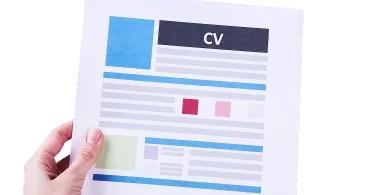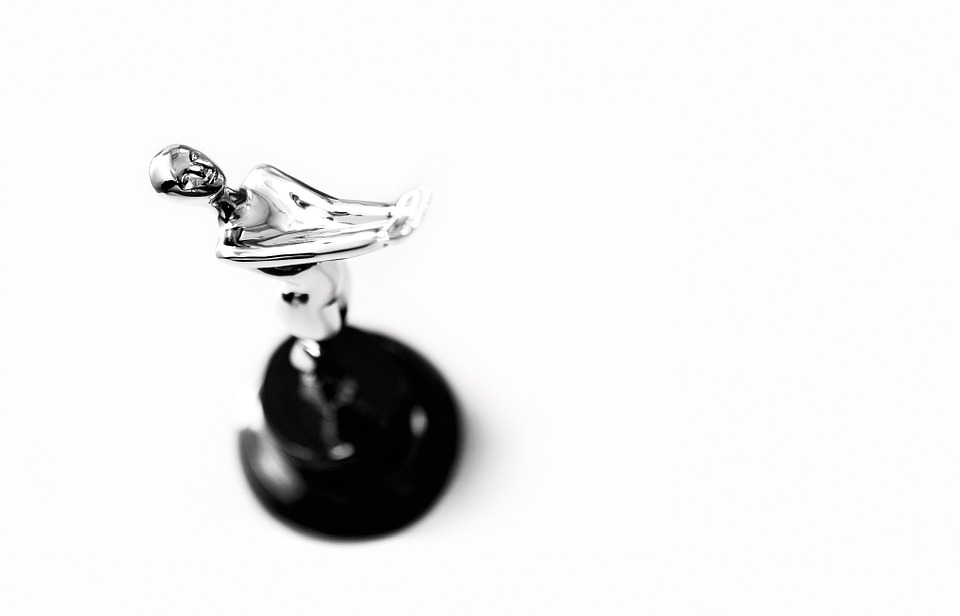Table of contents

Doesn’t matter if you are writing a Curriculum Vitae for the job of an office manager, sales executive, IT specialist, or even a military man. In any case, you’ll be following the CV writing basics during the process.
Likewise, if you apply for the job of a physician, those basic CV writing rules will come in handy as well. However, aside from general rules, there are also specific aspects of physician CV writing that only a professional physician CV resume writing service knows and you probably didn’t know before.
Don’t worry, though: our career specialists and professional CV writers made a 5-steps guideline to help you create a professional physician Curriculum Vitae by yourself.
Always remember the rule of the golden mean. Many HR managers from their personal experience advise sticking to a two-page physician CV format, which is a perfect choice for you. And here are the reasons why:
The least relevant data needs to be excluded. After all, you can use cover letters to describe more details of your professional life. Keep in mind that CV writing differs depending on the country of employment.
Now, there are 2 things you might want to change in your CV to make it easy to read and understand.
First, if your CV consists solely of big chunks of text, try to group chunks of text into bullet points. Not only would you make the document more appealing to the eye, but also make it easier for the reader’s perception.
Secondly, pay attention to your formatting. At this point, you have whole freedom of action. But don’t forget that your CV is a professional document with its standardized structure you are not recommended to change.

And surely, the rules of CV formatting remain the same: consistency in fonts and their styles and clearly structured text. This doesn’t mean you can’t experiment with your CV to make it more unique and outstanding. However, if you want to leave the strongest impression on the recruiter, you will never go wrong with a classic format.

“Dates are not even a big deal”, you might have said to yourself right now. Little did you know that the location of dates influences the way how the reader perceives the whole sentence.
We are used to placing dates on the left position BEFORE the actual text. However, people focus on dates placed after. Try it yourself and you’ll see the difference.
Also, if you are about to switch careers, be sure to check career change resume writing tips!
Your resident physician’s CV won’t make any sense if your contacts turn out to be misspelled. Seems like making typos in your e-mail, phone number or even your name is ridiculous? In fact, this is a frequent issue among job applicants.
As stated on the University of Technology Sydney career blog, one of the writers, suggests that minor mistakes can have an impact on how your words are received. So, if you don’t want to eliminate all chances to get a desirable invitation to the interview, double-check all of your contacts in a presence of any mistakes. In general, you must proofread the whole CV at least several times before sending it. Never skip this part!
Physicians with several years of work experience should choose a reverse chronological CV format. Documents of this format emphasize more on the applicant’s employment history, accomplishments, and skills.
Certainly, there are cases when it’s better to use a functional resume. For example, the following format works better for recent college graduates who yet can’t boast a bright career history. Therefore, they should focus more on their education and training.